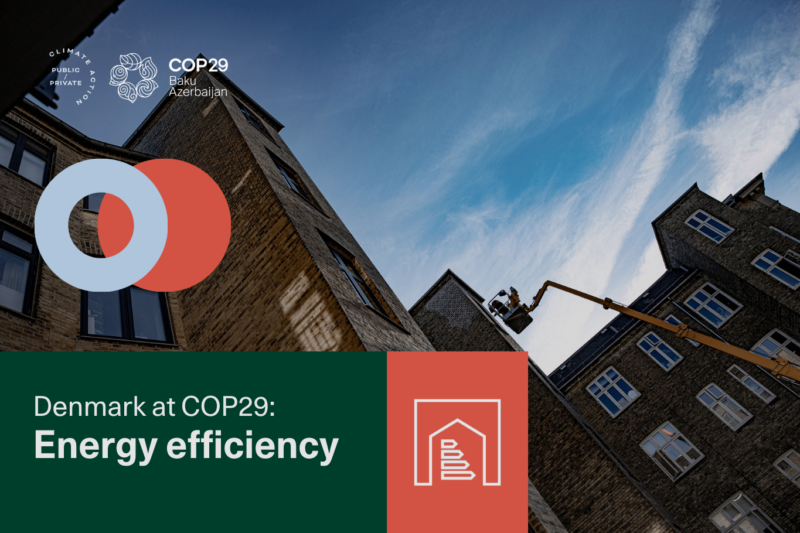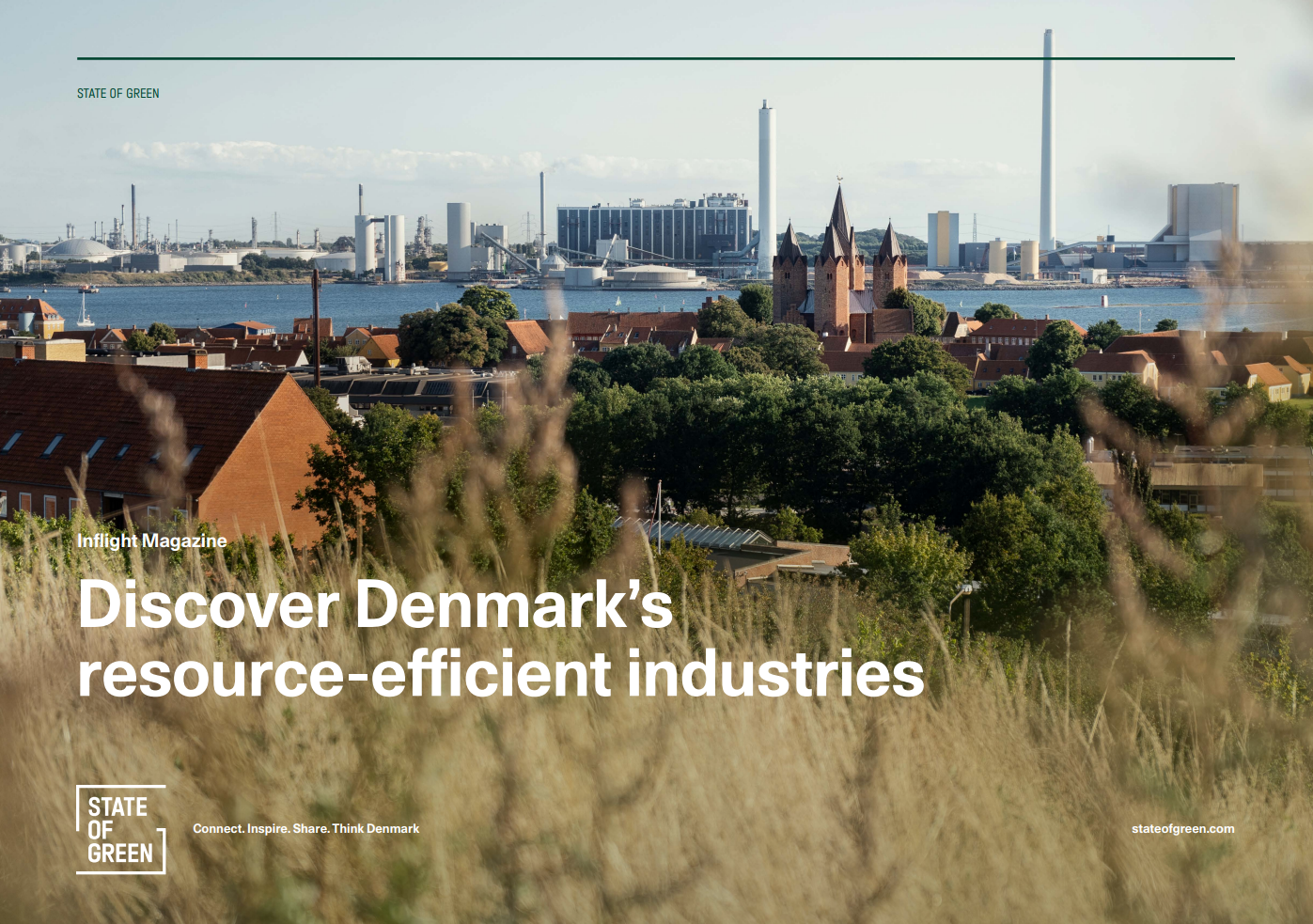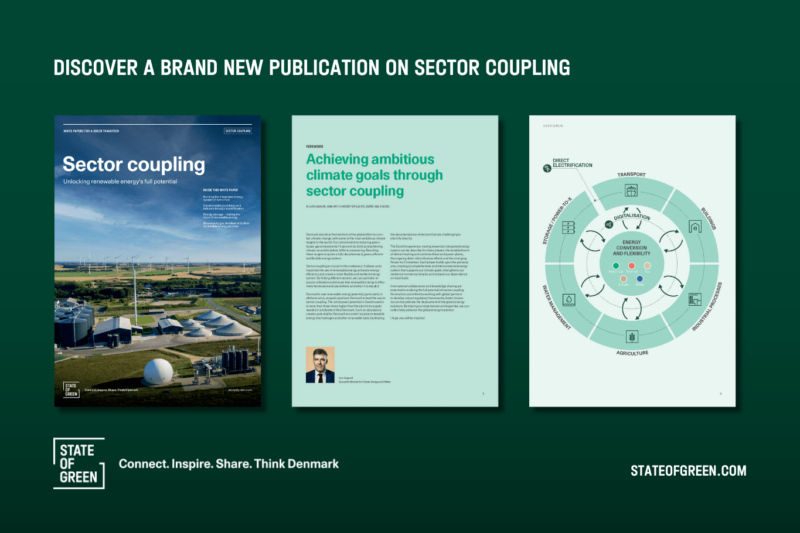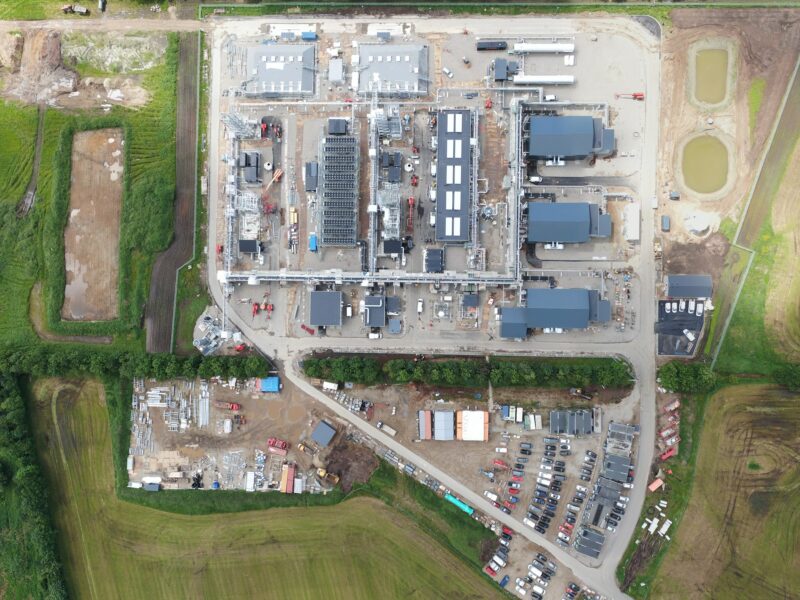News
Energy efficiency in industry
Vietnam will save energy with a new guide based on Danish know-how


The Vietnamese Ministry of Industry and Trade (MOIT) has issued the Guidelines for Developing Provincial Action Plan on Energy Efficiency for the period 2020-2025. The guidelines, drafted with the support of the Danish Vietnamese Energy Partnership Programme, will help all the 63 provinces of Vietnam to map energy use and prepare their own action plan to implement energy saving efforts.
This set of guidelines is one of the key outputs of the Danish Vietnamese Energy Partnership Programme as it provides an essential base for the energy efficiency efforts in Vietnam towards the target of achieving 5-7 per cent energy savings on a national level in the period 2019-2025. The set of guidelines is a result of more than two years of closely working together between MOIT, the Danish Energy Agency and the two partner provinces, i.e. Dong Nai and Bac Giang.
-Related news: Danish-Vietnamese energy cooperation will help Vietnam cut its CO2 emissions by 370 million tonnes annually
Valuable tool to achieve energy efficiency targets
“The Ministry of Industry and Trade highly appreciates the Danish government’s support to Vietnam in the energy sector in the past years. The set of guidelines for developing provincial action plans on energy efficiency is an important deliverable of the Danish-Vietnamese Energy Partnership Programme and will serve as one of the valuable tools for Vietnam in our efforts to achieve the national energy efficiency targets," said Hoang Quoc Vuong, Deputy Minister of MOIT.
Strong outputs from Vietnamese-Danish cooperation
“The government of Vietnam has on many occasions shown its strong commitment to green development. The government’s decision to adopt a cost effective energy efficiency pathway, in my opinion, is very wise and encouraging since energy efficiency plays a key role in the green transition of any country. I am delighted to see that the good cooperation between Danish and Vietnamese experts in the Danish-Vietnamese Energy Partnership Programme has yielded strong outputs and partly contributed to Vietnam’s realisation of its national targets on energy savings and consequently reduction of greenhouse gases,” said Kim Højlund Christensen, Ambassador of Denmark in Vietnam
Another important component of the Danish-Vietnamese Energy Partnership is the release of the biennial ‘Vietnam Energy Outlook’ report. The most recent report was issued in November 2019 in Hanoi jointly by MOIT Deputy Minister Hoang Quoc Vuong, and the Danish Permanent Secretary for Climate, Energy and Utilities Morten Bæk.
The report emphasises energy efficiency as a cost-efficient tool for Vietnam’s green transition towards 2030 and 2050 and recommends investments in energy saving technology, which will in the long run be more cost effective due to substantial savings of costs in fuels. Many benefits from improved energy efficiency include major societal benefits such as reduced air pollution and improved national energy security.
Solid initiative to help Vietnam save energy and cut emissions
“I am pleased that our cooperation with Vietnam in the energy sector has reached this milestone. The set of guidelines for Provincial Energy Efficiency Action Plan is a solid initiative to help Vietnam reach its cost-effective energy saving targets. Similar initiatives have proven very effective in Denmark and I am confident that it will work well in Vietnam, too. I hope that once all the provinces in Vietnam follow the guidelines to develop and implement their own action plan, Vietnam will be able to shorten its way towards low emissions and sustainable development," said Anton Beck, Director for Global Cooperation at the Danish Energy Agency.
-Related solution: International energy cooperations
Vietnam’s industrial sector is one of the most energy consuming sectors of the country and is, therefore, an important factor in the transition to a low-carbon society. Calculations show that if existing legislation is enforced, the sector could save at least 8 per cent of its current annual energy consumption by 2025. With new methods, tools and incentives based on Danish experiences, the saving rate could even be higher.
-Related news: Unlocking Vietnam’s offshore wind potential with inspiration from Denmark
Background Information
Vietnam has experienced a significant increase in energy consumption, especially power consumption with an annual growth rate of about 9-10 per cent in this decade. According to the revised National Power Development Plan 7 approved by the Government of Vietnam, the total national energy consumption, especially fossil fuel consumption, will increase rapidly in the coming period in order to meet the country’s high economic growth. Meanwhile, the government is committed to the Paris Agreement and aims to ensure sustainable development to protect the climate and the environment.
The Danish-Vietnamese Energy Partnership
- In 2013, Vietnam and Denmark entered a long-term cooperation agreement with the purpose of promoting a transition in Vietnam to a low-carbon economy. It is financed by the Danish government and administered by the Danish Energy Agency.
- The Danish Energy Agency cooperates with the Ministry of Industry and Trade (MOIT) in Vietnam through the joint Energy Partnership Programme (DEPP) between Vietnam and Denmark. The program is currently in its second phase running from 2017 to 2020 and covers energy efficiency in the industrial sector, integration of renewable energy into the power grid and long-term scenario modeling of the energy sector.
- The next phase DEPP III will be a five year programme (2020-2025) planned to start from November 2020. It will include a work stream focused on developing economic incentive schemes for energy efficiency improvements in the industrial sector in Vietnam.
- The Danish Energy Agency’s Centre for Global Cooperation partners with 16 other countries, which in total account for more than 65 per cent of the global CO2. The aim is to share Danish experiences on shaping an energy system that combines a green, low-carbon and reliable energy supply with economic growth.
Source: Danish Energy Agency (in Danish)
Photo by Peter Nguyen on Unsplash
You should consider reading
publications
Energy efficiency in industry
+7
Discover Denmark’s resource-efficient industries
8 September 2023Perspective
Sector coupling
+9















